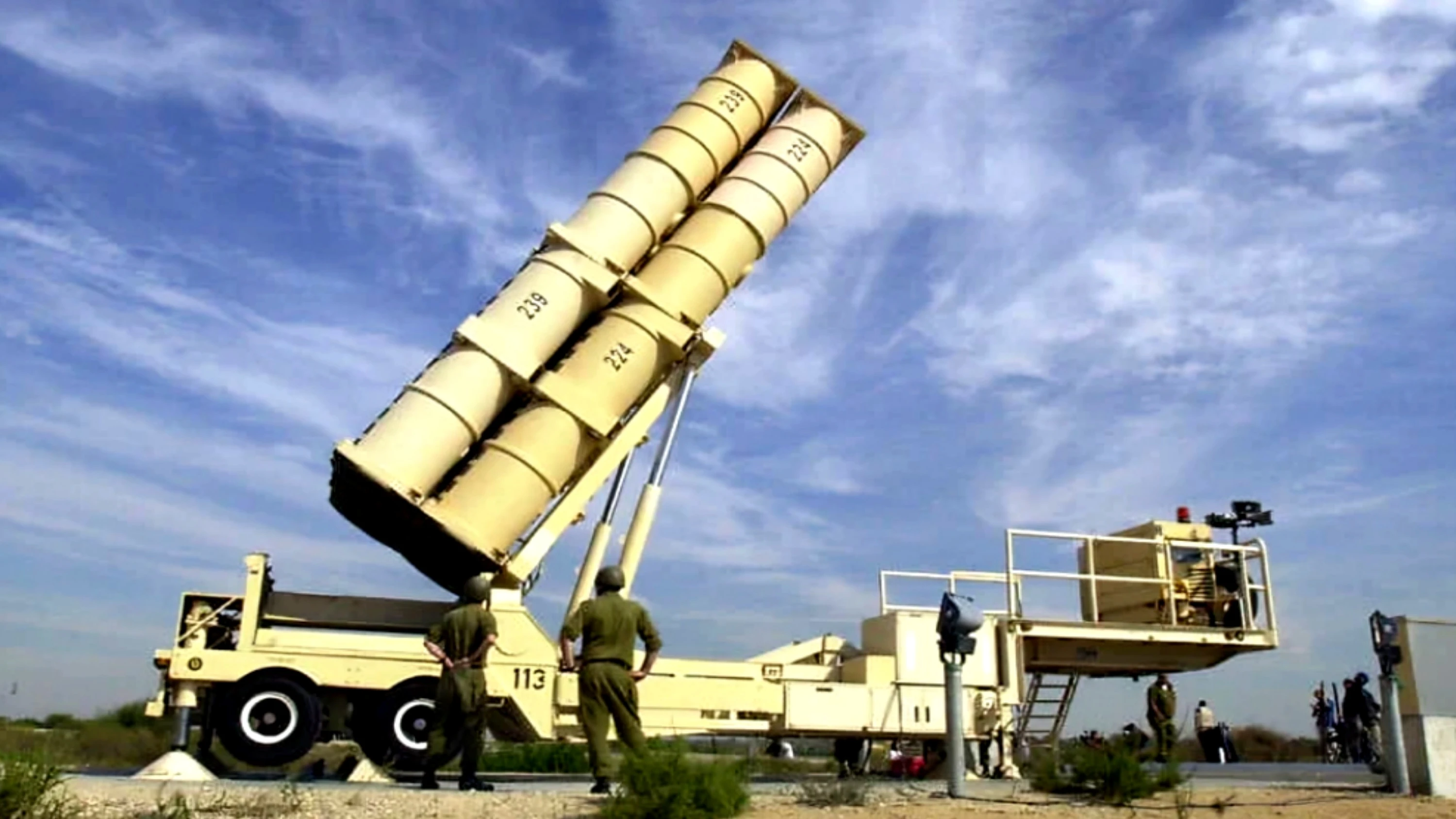Damascus: On April 21, 2025, at United Nations Headquarters in New York, David Carden, the outgoing UN Deputy Regional Humanitarian Coordinator for the Syria crisis, urged the international community to invest in Syria and support people returning to their homes and communities.
He called Syria “brimming with hope and opportunity” while warning that, even though active fighting has eased, 16 million Syrians still require humanitarian assistance
Carden spoke from Gaziantep, Turkey, to highlight the achievements of the UN’s cross‑border aid mechanism, which has delivered over 62,000 trucks of food, medical supplies, emergency shelter, and other life-saving aid since 2014. So far this year alone, 936 trucks have entered northwest Syria—surpassing the total for all of last year—and nearly $1.1 billion has been allocated by the Syria Cross‑border Humanitarian Fund for relief and early recovery projects
Despite these efforts, the human cost remains staggering. Around seven million people are still displaced inside Syria, making it one of the world’s largest displacement crises. Since last December, more than one million internally displaced individuals have returned to their homes, though most were forced out only in late 2024. About 225,000 have left camps, yet two million remain sheltering in camps across northwest and northeast Syria. Families in Idlib and Aleppo alone account for over 40 percent of those in need
Syria is now on a path to political transition after the overthrow of the Assad regime in December 2024 and nearly 14 years of civil war, compounded by earthquakes in early 2023. The UN is working with Damascus’s transitional authorities to streamline aid delivery, address funding gaps, and merge its various coordination posts under a single Resident and Humanitarian Coordinator by June’s end. Carden emphasized that this moment of change offers a chance to move from emergency relief to recovery, reconstruction, and the gradual easing of sanctions








